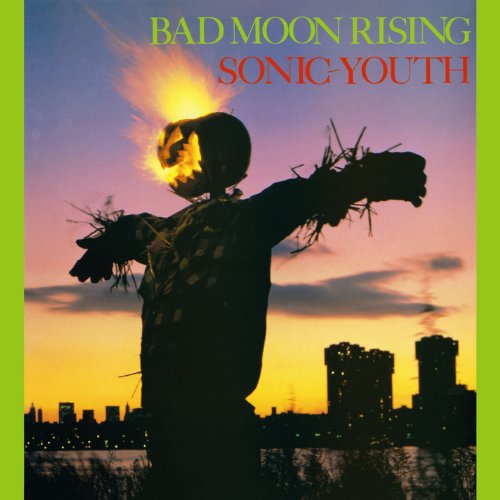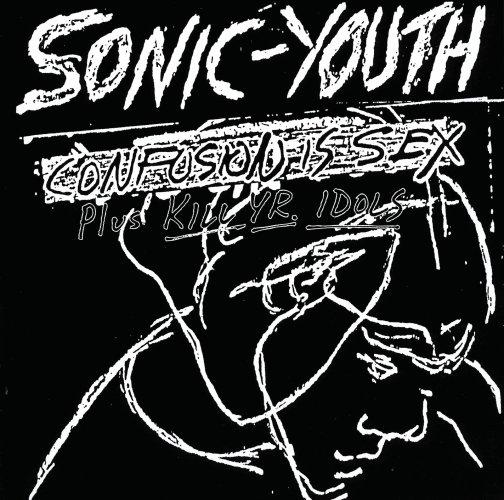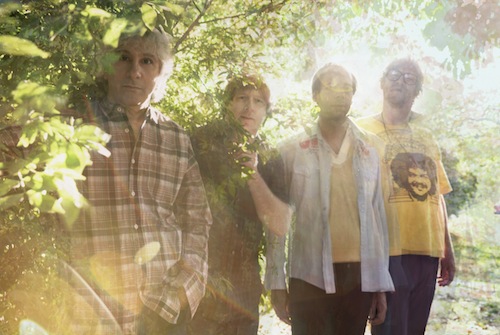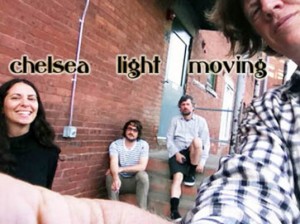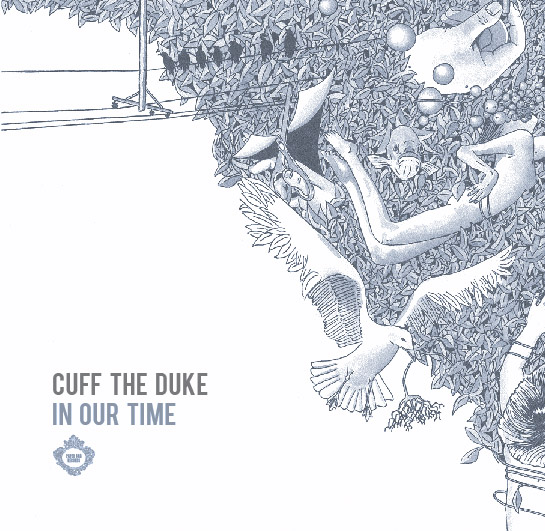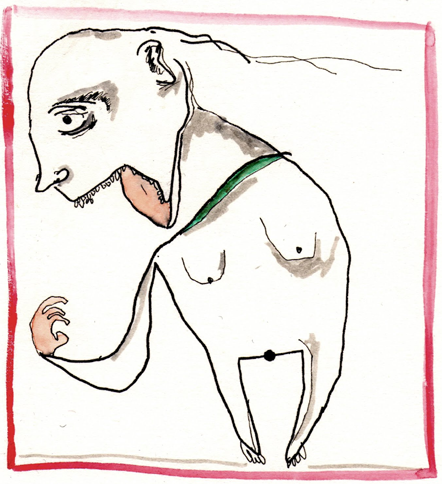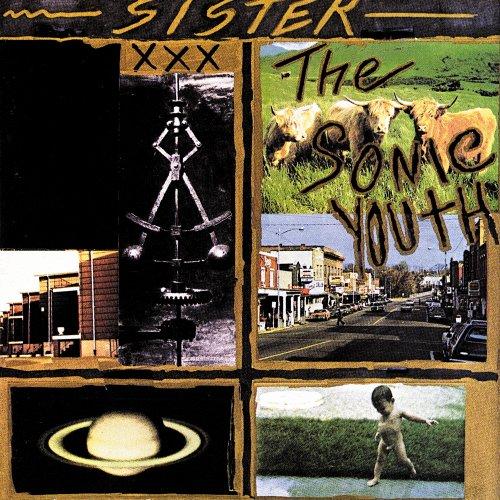
This one is epic. I mean, I love all the albums that came before Sister, but I feel like this is the beginning of something really great. I mean, I think you all know what is going to come after this album. Now, I know that “Evol” is really great too, and I do love “Bad Moon Rising,” and even more so “Confusion is Sex,” but “Sister” is one of the albums that has been getting constant plays on my stereo since I first heard it.
There are so many classic SY tracks on this one that’s it’s hard to know where I should begin, so I guess that I should just start at the beginning of the album and work through it from there. And this album has a great album opener with “Schizophrenia.” I specifically remember coming to “Sister” around the same time that I first picked up a guitar and started bashing away at it, trying to learn every song that I could, which usually just meant me playing every note every second and trying to listen for when they matched what was coming through the stereo and then trying to memorize what I was doing so that I could maybe, possibly, replicate that at a later point.
Well, when I tried to learn how to play “Schizophrenia” I found that my usual strategy really wasn’t going to work. I couldn’t figure out why none of open string major or minor chords that I knew weren’t fitting any of the sounds that were coming out of my stereo. I mean, I think I played every chord up there on that poster of 24 or so chords. I even tried the ones with the number 7 next to them, those are the weird jazz chords, right? At least that was what I was thinking at the time. Anyway, all that I remember from trying to figure out the song was that I thought it was in the key of B. Now that I’m much older I know that, yes, there is a B in that chord, but I would have to sit down to the piano to figure out what the other pitches are, because lo and behold, I was not aware, at the age of 12 or 13 or whatever, that one could tune the guitar to anything other than EADGBE.
Oh, Sonic Youth. You have taught me so many things. And maybe this is the point of discover, or attempted discovery that has set me on the path that I am still on today. I’m still the same person, trying to figure out what is going on in all of the things that he hears. I’m still forever sitting at a piano trying to pick apart tone clusters and writing them out.
But, “Schizophrenia” into “(I got a) Catholic Block”? Don’t even try to pretend that that isn’t one hell of a way to open an album. Things are pulled back a little for Kim’s entrance, with “Beauty Lies in the Eye,” a song that has always reminded me of Evol. It just captures a very similar atmosphere as Evol. There is something creepy about the cavernous sound of the percussion and the aimlessly strummed guitar in the background combined with Kim’s half spoken half breathily sung vocal.
Oh, but “Stereo Sanctity.” How that song will forever remain as my answer to “Oh, you’ve never heard Sonic Youth before?” It will always end up on any mixtape that I make for anyone that needs an introduction to the band. I can play this song on repeat for a day and not even get sick of it ever. The way that it opens with just a cloud of noise and then Lee coming in with his own wall of distortion a 1/2 step above Thurston and not resolving it, or even trying, and the way that you can hear Thurston laugh a little bit about it if you listen closely. The dynamic of the band is perfect throughout this song. I still can’t even describe what it is that is happening in the chorus of the song. The guitar sounds so wobbily, like it is going to fall apart at any moment. It’s as if the song is hanging on by a thread throughout, but somehow they manage to keep it together, at least until the exact midpoint of the song where everything starts to go haywire.
The classic tracks keep coming with “Tuff Gnarl.” One song after another is memorable, but “Tuff Gnarl” finally gives us a song that is immediately recognizable upon the first few notes. That one’s also got the noisy breakdown that sounds like the beginnings of what we’ll get to hear on “Eric’s Trip” or “Total Trash” coming up on “Daydream Nation.”
The constant back and forth between Thurston and Lee’s straight ahead tunes, where it sounds like they are literally fighting their guitars off their bodies, against Kim’s moodier, sometimes somber material that comes out of “Evol,” creates a good pacing throughout. But, I remember sort of skipping past those slower tunes when I was listening to the album for the first few years. I’d skip right to “Hot Wire My Hearth,” then fast-forward through “Cotton Crown” so that I could get straight to “White Cross” and “Master-Dik.”
If I was ever in doubt about how much I loved Sonic Youth when I was a kid, this was the album that solidified it. Song after song after song of just everything that Sonic Youth has to offer. As a kid I was completely unaware of the social context in which these songs were produced, or what time (I guess I had a little bit of a clue, but I don’t remember thinking of it too much) they were made. The point is, now that I think about it, this album is pretty close to timeless. There really isn’t anything about the sound of the album that screams 1987.
Next up, “Daydream Nation.” I’m going to have to prepare myself for this one. I have a feeling it will be quite long. Wouldn’t be surprised if I have to split that one into 2 posts.
Until then…




